Size isn’t everything: let me show you ‘The World of the Small’
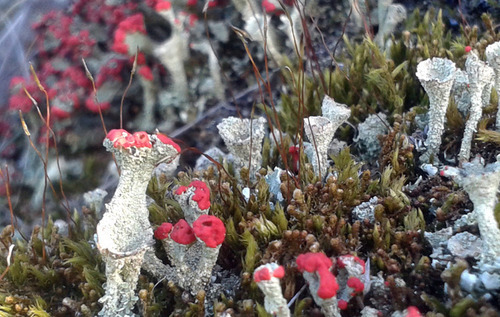
Until I went back to college in 2008 and started taking an active interest in Nature and the world around me, I only really looked outwards or upwards when I went for a walk.
Scotland’s hills were the things I’d gone to see and that’s all I was interested in. Their panoramas and landscapes gave me endless inspiration, and if I risked stumbling over an unseen rock it would be because I was admiring some enormous vista:
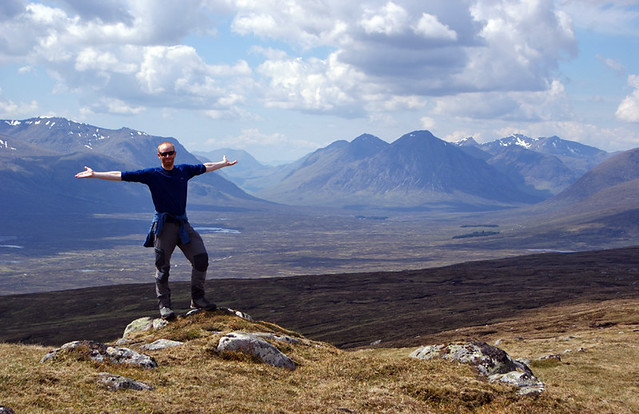
But doing an HND in Countryside Management turned that on its head. We were encouraged to look at our feet, to look down at the wildflowers and insects and lichens coating the ground. And even the ground itself was studied. Rocks, crystals, fossils, you name it we studied it. We were encouraged to appreciate the small as well as the large, as only then could you see the whole grand scheme of things.
Thereafter when I went hillwalking the vistas were still enormous, admirable and inspiring but suddenly everything else outwith my established field of vision was just as interesting. Just as inspiring. Just as beautiful. Sometimes more so:
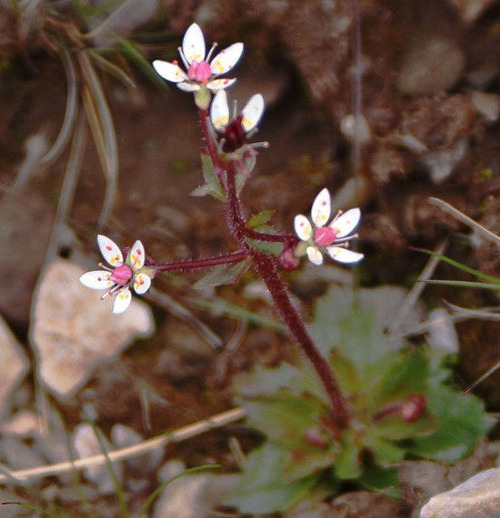
It wasn’t all plain sailing however. While the revelation of ‘the small’ was exciting it was also overwhelming. It was like having lived my whole life in 2D only to find after 33 years there was a third dimension. It really did feel that fundamental a change in perception, as there was a whole new world to explore when I was out on a walk. A world I knew little or nothing about. A world of which I was ignorant, and that ignorance was quite scary and unsettling because it was a world so immense I could easily get lost in it.
At first it seemed incredible that you could ever make sense of it all and learn the myriad names of wildflowers, beetles, butterflies, lichens or whatever:
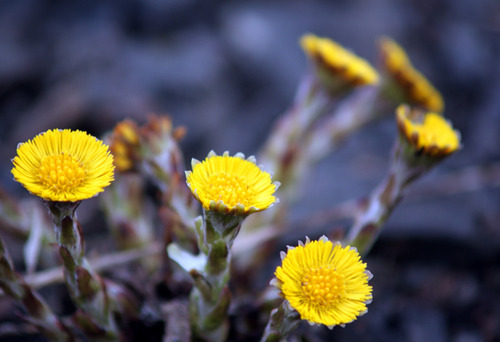
Some of my fellow students were already well-versed in some or all of these new worlds and I found their impressive knowledge intimidating. I persevered however, but instead of trying to calm or interpret the whole baffling cacophony all at once I just focused on making sense of whatever single species I’d encountered on a given day. If I found something interesting I’d take a picture and read up on it when I got home. Just one or two species at a time.
If you’re someone who wants to learn more about the world around you but feels it’s too much to take in or too late to start, if the Natural World is something you want to become more familiar with, if you want to try and learn what the beautiful things around you are…….don’t be overawed! It’s never too late.
I won’t pretend it’s easy, though. Naturally it is going to be a challenging mission because Nature is, by its very…..erm…..nature, extremely complex and confusing. But by breaking it down into smaller pieces, just two or three species at a time and persevering with it, you CAN do it! I promise you, slowly perhaps but certainly steadily the knowledge grows and with it your appreciation of the world around you.
Fortunately for a country as soggy as Scotland, weather is no obstacle. If you find yourself in cloud or fog, the ground and its miniature mini-worlds are still visible and still just as interesting. Without really realising, walks became pleasurable on even more levels than you believed possible as there is beauty and fascination to be found absolutely everywhere; above, about and below you.
Since starting college I’ve learned to love the world of the small. It gets at least half of my attention when I’m in the hills and I’m endlessly fascinated by the world at my feet. As you can probably tell, like any convert I’m an enthusiastic advocate. Even so there’s no harm in being consciously reminded of the things you appreciate every now & then, because with even the best of intentions you can get complacent.
That happened to me a few weeks ago when, quite by accident I might add, whilst photographing a butterfly I made the fantastic discovery that my Samsung Ace actually takes remarkable close-up photos:

The revelation was surprising because the phone’s landscape photos of Scotland’s beautiful hills were consistently woeful; blurred, fuzzy and poorly exposed. That’s all fine, by the way. I wasn’t disappointed in my phone’s camera. I’d fully expected a camera phone to be a poor substitute for the digital SLR I haul around with me, so I’m not entirely sure what possessed me to try and take a close-up photo of an insect….but that’s what I did and why I was so surprised at the results.
As a result, these past weeks have seen me crawling about on hands & knees in the Lomond Hills and West Lothian, eager to photograph Nature’s smaller characters and reveal their inconspicuous beauty. Here’s just a taste of what I found….
Ragged Robin
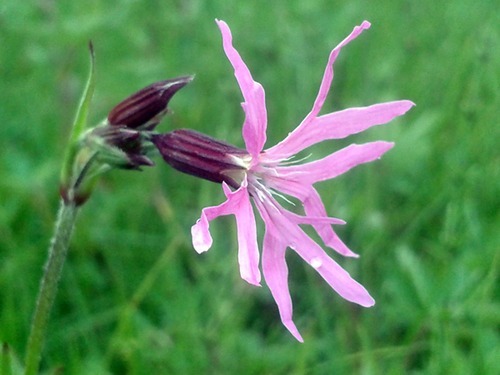
Probably my favourite wildflower owing to its unconventional 'ragged’ appearance. Generally found in wet places, it is apparently considered bad luck to pick the flowers! Oh and if you see a white one, they are very rare indeed.
Mountain Pansy
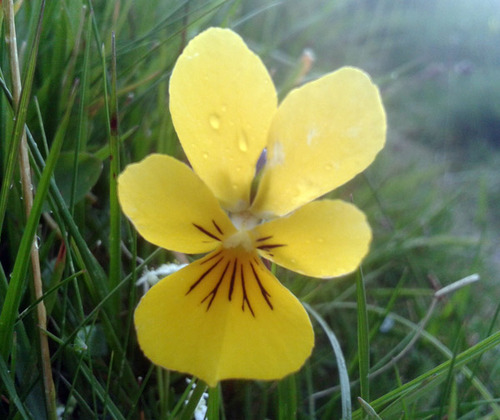
These wee beauties (sometimes purple) appear in clusters in July, generally on hilly terrain. Bishop Hill in Fife is a particularly good spot to find them, where they sit overlooking the enormous views out over Loch Leven.
Cladonia lichen
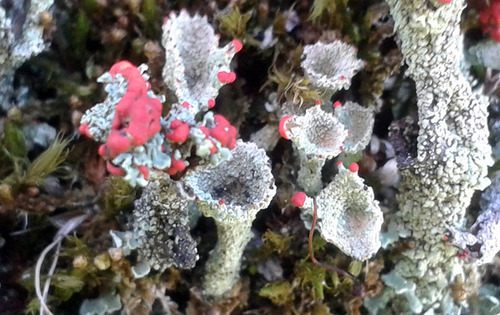
Lichens are amazing. Consisting of two organisms (an alga and a fungus) they appear in all manner of forms, colours and shapes. Some are mere patches on rocks, some hang like string from trees, and others grow like mini shrubs on the ground.
In Arctic regions (and indeed in the Cairngorms), lichens feed herds of reindeer. If you ever had a model railway and bought packets of green bushes to make hedges, those were probably lichens. Lichens were also used as dye for Harris Tweed. And yet you can walk through a landscape and be completely unaware of them.
Traditionally regarded as indicators of clean, unpolluted air, lichens unsurprisingly do very well in Scotland, which is an internationally important location owing to its cool wet climate. We have over 1500 different types here including this beautiful red-capped trumpet-like one. I’m not great at identifying individual lichens as some are very similar to one another, but it’s definitely from the Cladonia family of lichens. Note it’s not called 'Caledonia’, as I often see it written. Anyway I snapped this photo at the only place I’ve found it in the Lomond Hills; a tiny wee spot at the foot of a stone dyke.
Common Spotted Orchid

When I first heard the word 'orchid’ being used in a UK context I was bemused. For some reason I thought they were restricted to the tropics, to more exotic locations than a dreich Scottish moor. But no, we have orchids too and in fact we have a surprisingly diverse number of them.
Often vivid-coloured and looking unconventional with their large flower heads and bizarre markings and shapes, they add a beautiful summer touch to the British countryside. Some even mimic other species in an effort to attract pollinators. Go and look up the Bee Orchid to see what I mean.
Oxeye Daisy
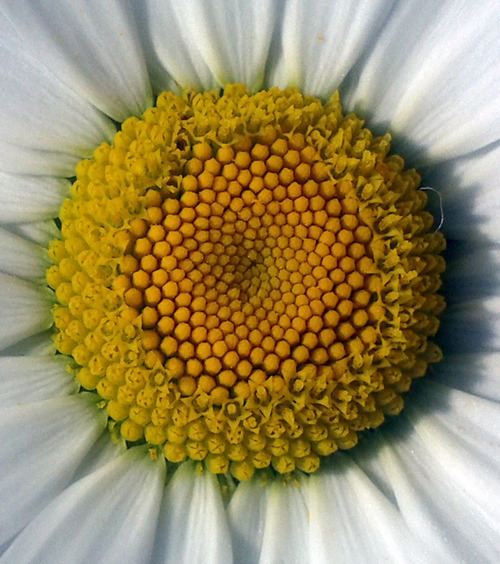

A staple of wildflower meadows and verges, the huge 'daisies’ can be 60mm across. I planted these in the garden last year in an effort to attract more insects and increase its biodiversity……and as you can see, it succeeded.
Bitter Vetch

Vetches are a member of the pea family and are close relatives of the Sweet pea. The tubers of Bitter Vetch produce lentil-like grains that apparently featured in people’s diets many centuries ago until less bitter and more palatable options appeared. They were also chewed to suppress hunger during times of crop failure. This one was on a roadside near Craigmead in the Lomond Hills.
Foxglove
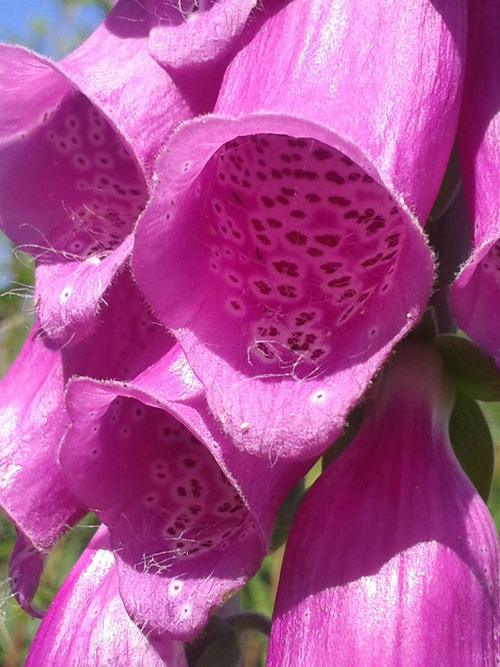
Another of my favourites as I find the tube-like flowers and its reproductive strategy utterly intriguing. Their colourings and markings are like landing lights guiding large insects like bumble bees into the exact right place for pollination. The reproductive parts of the flower are located on the tunnel roof; pollen rubs off from the stamen (the male organ) onto the bee’s back and then, when the bee visits another foxglove flower, that pollen rubs against the stigma (part of the female organs) and fertilisation occurs.
Obviously, if small insects like flies landed and wanted to take the flowers’ nectar, they would do so without brushing against the roof of the tunnel, pollen would not be transferred and the foxgloves will have lost some of its nectar without being fertilised. It therefore has hairs (which you can see) at the flower mouth that deter smaller insects from approaching, ensuring only the largest insects enter. Impressive eh?
Easily one of our most beautiful wildflowers, but also one of our most toxic. Every part of the plant is poisonous, but one extract called 'digitalis’ is actually used to treat heart disease.
Wild strawberry

I’ve mentioned this wee wildflower a lot lately, as I pass a small concentration of them on my usual walk up East Lomond, and they make a nice refreshing wee snack. Much smaller than the farmed variety they nevertheless have that distinctive strawberry taste, and every now and then you hit the jackpot by finding one with a taste much more satisfying than anything you could get from a shop. But I think that’s perhaps just the satisfaction of having foraged for it yourself and eaten in the most organic and natural way possible.
Common Blue Butterfly
We have an amazing diversity of butterflies in Scotland. Though they might look drab or boring from a distance, or perhaps you can’t even tell what colour they are when they’re in flight, I assure you that all of them are beautiful up close. That said, getting up close is another matter entirely as they’re tricky subjects, butterflies. No sooner have you seen one land and you try to approach it, it takes off. Often you’ll get close enough for a photo and then they take off at the last moment. But persevere and eventually you’ll strike gold, as I did with this Common Blue in the Pentland Hills the other week:

Males and females often have different colourings and markings, while some butterflies are more spectacular with their wings furled than unfurled. The Green Hairstreak is one such example. Dull and brown in flight, when it rests and folds its wings it reveals an iridescent green underside. The female Common Blue is spectacular on both sides of its wings but the topside is arguably more so:
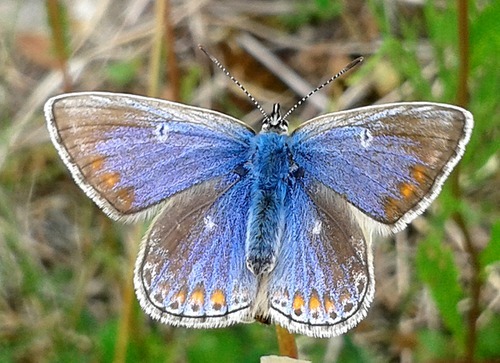
Marsh Cinquefoil
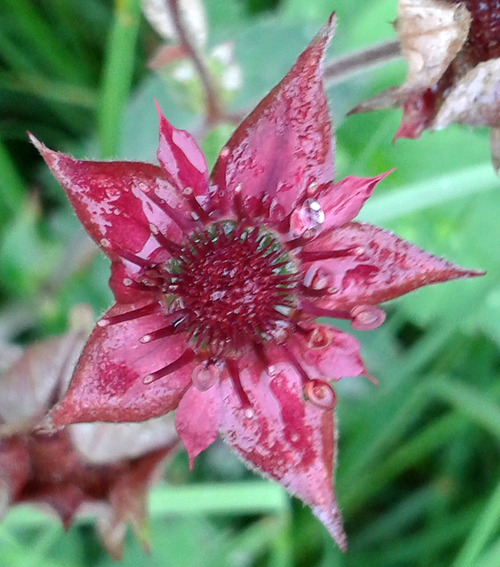
Very easy to overlook, this one. And seeing as it tends to appear in very boggy places it’s not one you’re likely to hang about around long enough to notice. But I do enjoy seeing it, as it has a beautiful star-shaped flower. I also like flower names that explicitly describe what’s in front of you. 'Marsh’ obviously pinpoints the habitat, but 'cinquefoil’ is handy too if you’re up on your French A-Level? Literally it means 'five leaves’. A wonderful name, all in all.
Stinging Nettle
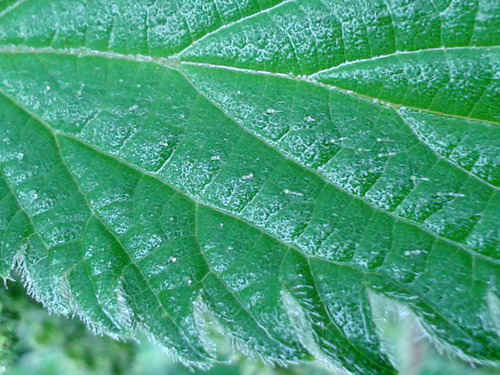
A plant we’re all intimately familiar with I imagine. I put this one here to show the tiny hairs that coat the leaves and give you that sting. Chances are you might not actually have noticed them before. When you brush against them they break off and release acid. Lovely!
You may or may not have noticed that it does actually have flowers. You could be forgiven for not noticing however, as they are green…..which is quite common in the natural world but they (and other green-flowered plants) are easily overlooked for obvious reasons. Take a closer look next time.
I think the nettle gets a hard time though. Consider how widespread and successful it is and what a marvel of evolution it is, and hopefully you’ll see it in a different light.
Welsh Poppy
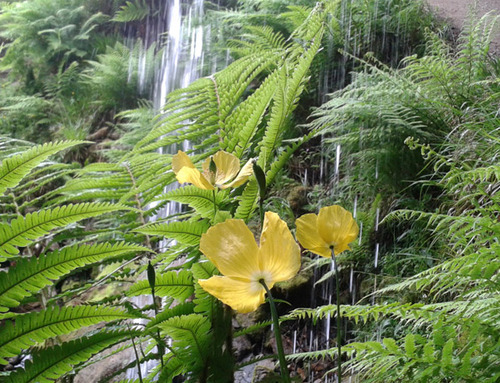
A really beautiful poppy that I’d not actually seen until this year, when I found it growing behind the waterfall in Maspie Den near Falkland. In four years I can’t recall ever seeing it in that location, so I’ve no idea where it came from or whether it has flowered there before. Whatever, it was a lovely thing to see in that beautifully damp, verdant location.
Six Spot Burnet Moth
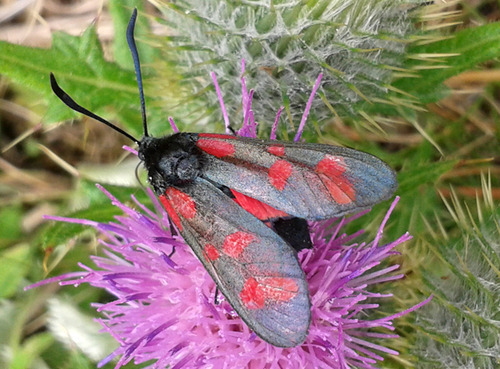 A lot of my pals hate moths. I think it’s the flitting, erratic and chaotic unpredictability of their flight that freaks them out. Either that or the annoying banging noises that their determined single-minded fixation on bright lights produces. But don’t be freaked out. Moths are a diverse and beautiful bunch, and not all are silvery grey in colour.
A lot of my pals hate moths. I think it’s the flitting, erratic and chaotic unpredictability of their flight that freaks them out. Either that or the annoying banging noises that their determined single-minded fixation on bright lights produces. But don’t be freaked out. Moths are a diverse and beautiful bunch, and not all are silvery grey in colour.
The Burnet Moths are a case in point, and here we have a Six-Spot variety. I snapped this one on a thistle in the Pentland Hills last week while I was surveying for Common Blue butterflies. That’s the good thing about looking closely at Nature. In so doing, you'r ebound to see something else wonderful that you didn’t expect.
And to finish…..
I thought I’d end the photo tour with a piccie I think sums up the World of the Small. It’s the secret wild strawberry location in the Lomond Hills but this time it’s more of a wider undergrowth shot to reveal just how complex, diverse and beautiful the world at your feet can be. A world within a world, it reminds me of some fantastic alien planet with strange and colourful plants growing like a forest across the landscape.
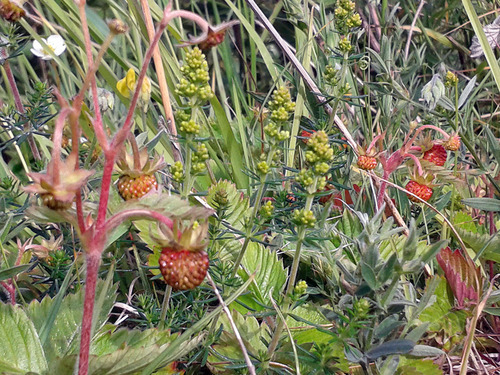
Okay so they’re not the BEST close-ups you’ll ever see, but for a piddling wee phone they’re not half bad. And I think you’d agree they do at least give a sense of the amazing details, patterns and colour to be found in the World of the Small.
I’ve always maintained that we have, in this country, natural events and sights to rival anywhere else on the planet for drama and beauty. It’s just a question of remembering to look. And remember that the small things in this world are the basis of our whole existence. The whole food chain of every species in the world depends on the small. Small is important.
Simply crouching down to take a closer look at the wee beauties of this world is revealing in itself, but taking a close-up photo can reveal intricate details you’d otherwise miss. And what I hope is clear from these photos is you don’t need some swanky big camera or lens to enjoy the World of the Small. Everyone has a camera-phone these days, and that’s all you need. Just set it to maximum zoom before you crouch down and then see what wonderful images come out.
Obviously, don’t hold the camera just millimetres from the insect or plant or whatever it is. Mine needs a few inches at least. But even then, if your camera is anything like mine it won’t even focus until you take the photo so don’t worry if it looks blurred on your screen before you take it.
Give it a go! Especially with things you wouldn’t normally consider taking photos of. I promise you won’t be disappointed :)
Posted on Thursday, August 1st 2013
Tags environment Nature wildlife Scotland Fife West Lothian Pentland Hills wildflowers lichens butterflies ragged robin mountain pansy cladonia common spotted orchid oxeye daisy bitter vetch foxglove wild strawberry common blue marsh cinquefoil stinging nettle welsh poppy

Recent comments